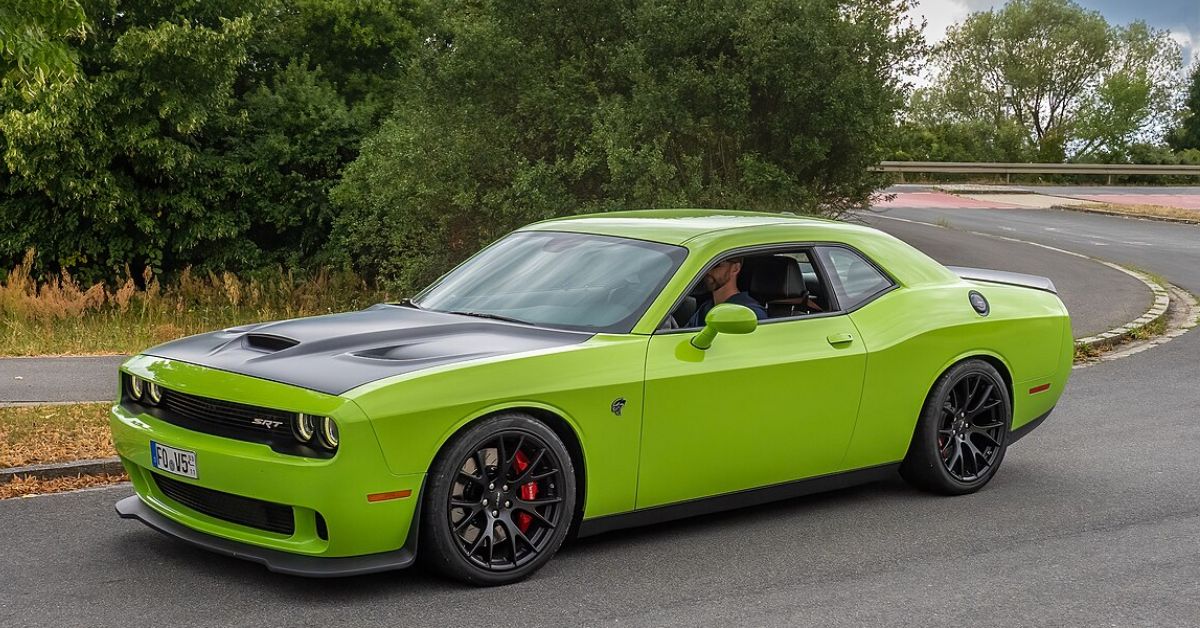In a world increasingly dominated by electric vehicles and fuel-efficient compacts, the Dodge Challenger Hellcat stands as a defiant symbol of American muscle — loud, unapologetic, and blisteringly fast. With its supercharged V8 engine, retro-inspired styling, and raw performance, the Hellcat isn’t just a car — it’s an experience. For enthusiasts who crave horsepower and refuse to conform, the Hellcat remains the ultimate modern-day muscle car.
A Legend Reborn
The original Dodge Challenger made its debut in 1970, quickly establishing itself as a serious contender in the muscle car wars of the era. Fast forward to the 21st century, and Dodge resurrected the Challenger nameplate in 2008, bringing back that classic long-hood, short-deck profile. But it was in 2015 that things truly got wild — when Dodge introduced the Challenger SRT Hellcat, complete with a supercharged 6.2-liter HEMI V8 that produced a staggering 707 horsepower.
Since then, the Hellcat has evolved, offering even more insane variants like the Redeye (797 hp) and Super Stock (807 hp). Yet, even the “base” Hellcat offers more power than most supercars on the market, all at a fraction of the price.
Under the Hood: A Monster Awakens
The heart of the Challenger Hellcat is its supercharged 6.2-liter HEMI V8. It’s not just about raw numbers — although with 717 horsepower and 656 lb-ft of torque, the stats are impressive. It’s about how that power is delivered. Press the ignition button, and the engine snarls to life with a deep, menacing growl that can make your spine tingle. Floor the accelerator, and the Hellcat rockets from 0 to 60 mph in just 3.5 seconds.
Power is sent to the rear wheels via either a 6-speed manual or an 8-speed automatic transmission, allowing drivers to choose between old-school engagement and modern-day speed. The widebody versions add even more grip and stability, thanks to their broader stance and beefier tires.
A Design That Screams Muscle
The Hellcat doesn’t try to blend in. With its aggressive stance, wide fenders, and signature hood scoop, it demands attention. The dual-snorkel hood isn’t just for show — it feeds air directly into the supercharger, helping the engine breathe better and run cooler. Available in a rainbow of bold colors, from Plum Crazy to Go Mango, the Hellcat fully embraces its retro roots while still looking modern and menacing.
The Widebody variants further amplify the visual drama, adding flared arches and 305mm tires that look like they belong on a track car. Optional features like blacked-out badges, racing stripes, and carbon-fiber accents give drivers endless ways to personalize their Hellcat.
Interior: Classic Meets Technology
Inside, the Hellcat offers a blend of classic muscle car design with modern-day tech. You’ll find available leather-trimmed seats, a flat-bottom steering wheel, and performance-inspired gauges. But you’ll also get features like the Uconnect infotainment system with an 8.4-inch touchscreen, Apple CarPlay, Android Auto, and a premium audio system.
What truly sets the Hellcat apart are its performance pages — a suite of apps that let you monitor everything from G-forces to lap times, horsepower output to boost pressure. You can even adjust the car’s suspension, steering, and transmission settings to suit your driving style.
Not for the Faint of Heart
Driving a Hellcat is not like driving any other modern car. It demands respect. With so much power under the hood, a heavy right foot can easily send the rear tires spinning in a cloud of smoke. It’s exhilarating, but also a reminder that this car isn’t designed to make your daily commute easier — it’s designed to thrill.
Fuel economy? Forget about it. With an EPA rating of around 13 mpg city and 21 mpg highway, the Hellcat drinks premium fuel like water. But if you’re buying a 700+ hp muscle car for gas mileage, you’ve missed the point.
The Future of the Hellcat
As the auto industry moves toward electrification, the days of the Hellcat as we know it are numbered. Dodge has already announced plans to phase out its gasoline-powered muscle cars in favor of electrified performance vehicles. This makes the Hellcat not just a modern marvel, but also a future collectible — the last of a dying breed.
Final Thoughts
The Dodge Challenger Hellcat isn’t practical. It isn’t efficient. And it certainly isn’t subtle. But that’s exactly why it’s loved. It’s a car built for those who still believe that driving should be fun, loud, and a little bit crazy. Whether you’re lighting up the drag strip or just cruising Main Street, the Hellcat makes a statement.
In a world trying to quiet down, the Hellcat roars — unapologetically, and beautifully.

